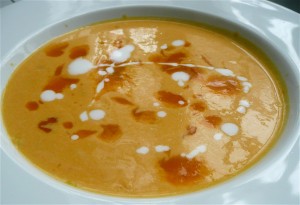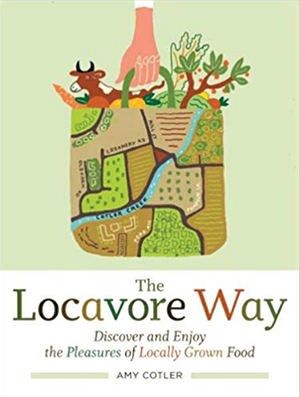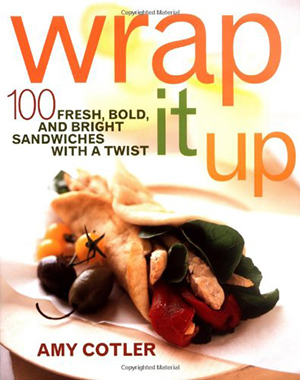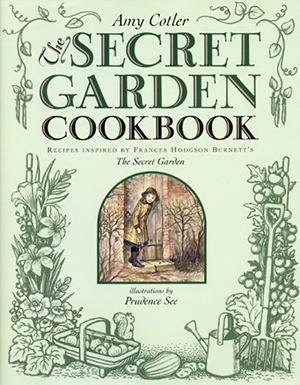A love affair with butternut squash….
 I came late to winter squash. But like all new converts, I’m a zealot, especially about butternut, winter’s gold — endlessly versatile, packed with good flavor and nutrition. In my household, it’s a seasonal staple for soups, stews and more.
I came late to winter squash. But like all new converts, I’m a zealot, especially about butternut, winter’s gold — endlessly versatile, packed with good flavor and nutrition. In my household, it’s a seasonal staple for soups, stews and more.
Butternut is widely available right now, from fall harvest until early spring. It keeps well at cool temperatures and, unlike most vegetables, actually improves over time as its moisture evaporates concentrating its sugars.
I’m dazzled by butternut’s culinary possibilities. And by following simple techniques and flavoring suggestions, you’re ready to cook it up numerous ways with or without recipes.
I especially enjoy roasting it whole to avoid peeling and cutting, then scooping out its aromatic orange flesh to cook into a variety of dishes, including Tropical Butternut Bisque. Just roast it whole in a 375 degree oven until it can easily be pierced through with a knife, about 1 hour, then slit lengthwise. Scoop out the fibrous center and seeds and remove the skin, leaving the flesh to puree it in a food processor or to mash. It’s fabulous simply mashed like potatoes, with butter and a touch of ginger, cayenne or cinnamon, or as a vegetarian pate, blended with plenty of butter and a touch of fresh sage.
Pureed butternut is also the locavore’s substitute for canned pumpkin puree in baked dishes. Adapt any pumpkin recipe using the puree. My two favorites are Spiced Butternut -Cranberry Squares and Butternut Pie with Ginger Snap Crust. (Butternut may vary in texture, so if your puree is not thick, just drain a bit in a colander before using, or use the necks, which yield a thicker puree.)
Cubed butternut is just as versatile as roasted puree. To cube: peel and half or quarter the squash, preferably with a large shape knife, and scrape out the seeds and fibrous innards using a spoon. Voila, you’re ready to dice the butternut into long strips and then across them into cubes.
I like cheering up chili or stew with bright orange butternut cubes. Just drop them in to simmer until soft but not mushy. Or stir little cubes into a half cooked risotto, then finish it up. (I like regional shiitake mushrooms and leeks in this too.)
Or roast cubes by tossing them lightly with olive oil with a touch of cayenne pepper and minced garlic, adding herbs or onion if you like. (Or chili, cumin and cayenne pepper.) Roast them in a single layer, either solo or with winter vegetables, at 400 degrees until cooked through.
And there’s sweetened squash— an American classic. While writing The Massachusetts Farm to School Cookbook, I found that kids had no trouble eating their vegetables in a sweet butternut recipe. I just tossed local butternut cubes in melted butter, maple syrup and pumpkin pie spices to coat, then roasted them until browned. What a hit!
For a nutty snack or garnish you don’t want to forget butternut’s seeds. After scraping them out, make sure to remove any squash fiber from the seeds. Rinse and dry them, then roast in a skillet, dry or with a touch of oil, stirring occasionally until crunchy, then add salt to taste.
After feasting on summer and fall bounty, Mother Nature sent us a bonus — butternut — something to look forward to.





